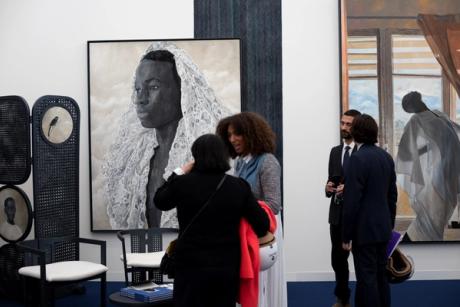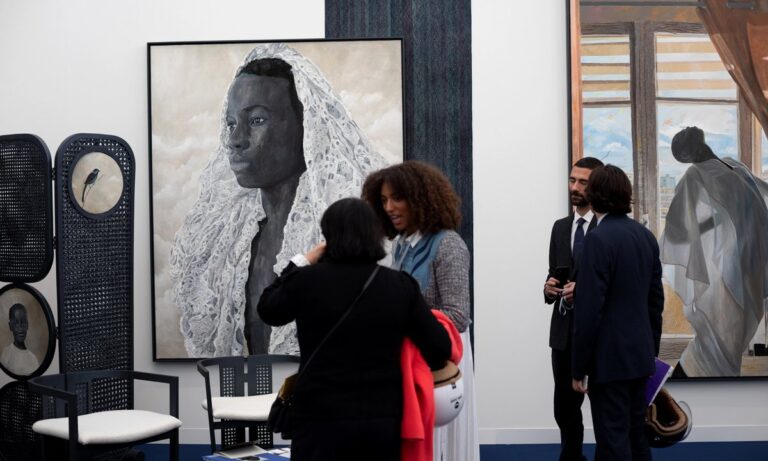
The latest statistics make uncomfortable reading for art fair organizers heading into 2024. The latest Global Collecting Surveycompiled for Art Basel and UBS by art economist Clare McAndrew, found that high-net-worth collectors attended one fewer fair on average during the first half of 2023 than in the equivalent period of 2022. Worse, the proportion of such collectors of purchases from these events fell from 74% to 58% in this period.
Art Market Report 2023, an earlier study by McAndrew—and it should be noted that this was also sponsored by Art Basel, so it’s as flattering to fairs as the facts allow—found that the share of sales made by dealers at fairs fell from 42% in 2019 to 35% in 2022. Galleries are galleries themselves; its proportion of sales grew from 40% to 47% in the same period, which gave thought to all exhibitors at the fair.
Anecdotally, the increased costs of trade show booths and their associated transportation, travel and entertainment budgets were already taking quite a toll before the pandemic, but inflation has exacerbated it. While online and other remote sales channels have been reduced to accessories now that we can go out and see art again, collaborative gallery events, including galvanizing openings on London’s Cork Street during Frieze in 2023, are on the rise.
Art fairs also seem to be back with a vengeance. McAndrew estimated that 377 such events will take place in 2024, an equally staggering volume as in 2019. And with the growing Art Assembly group acquiring the New Zealand fair Aotearoa, really every corner of the world participates. Galleries, though conflicted, continue to apply; witness the many dealers who haven’t yet made it to the relatively small Paris+ par Art Basel winking at the bite to show at the expanded fair, which moves to the Grand Palais in October.
There is no alternative source of income
The fact is that there is no alternative source of income to replace the 35% of sales made through art fairs in 2022. Even if this fell to 25%, it would be hard to refuse, and considering that fairs in China are back to be in force. last year, the percentage could rise again. However, even if inflation continues to cool, the costs of trade fair stalls, transport and other related incidents are unlikely to drop. A similar phenomenon has developed in the auction for years; the commissions keep going up but the merchandise keeps coming in.
Still, as more competing sales channels emerge, art fairs must continue to update their experiences. Frieze Los Angeles, for example, has chosen to be smaller and more selective while adding more extracurricular events and food and beverage options. Art Basel has appointed the Union of European Football Associations’ former head of digital to “amplify” its physical shows.
These types of strategies seem sensible but hinder the profitability of the fairs themselves, hence the increasing consolidation—and, theoretically, cost savings—by the main organizers. For smaller fairs, the success of which can come down to something as simple as a change of date or venue, the picture is even more precarious. No one has cracked the code yet, but there are good reasons to try.

